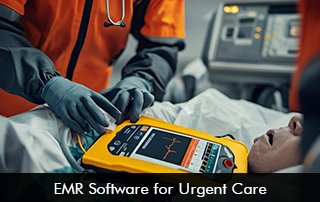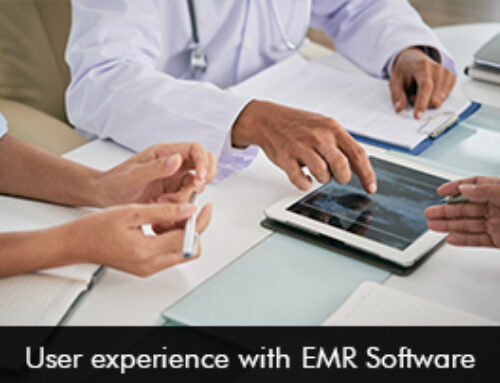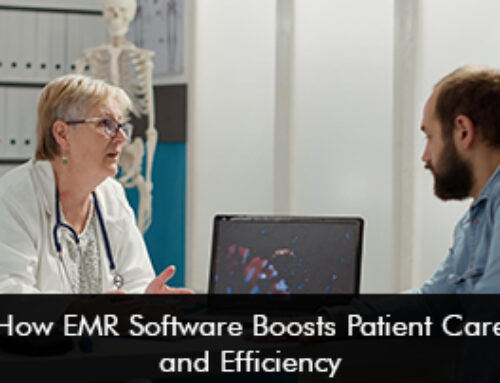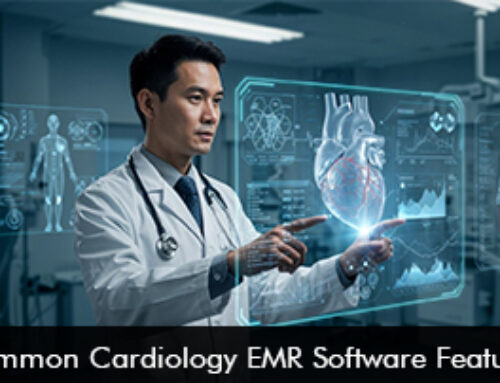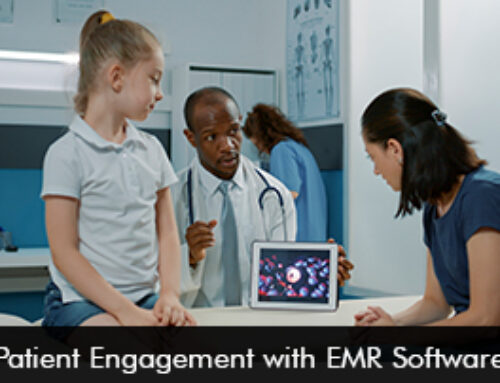Urgent care centers in the United States deliver needed and timely acute care services serving a large and variable patient population making them operationally challenging. Because these facilities must be efficient and provide quality care while maintaining integrated systems, they need Electronic Medical Records (EMR) Software. Offering a convenient alternative to ERs, there are roughly about 10,728 active urgent care facilities in the US.
The prime benefits of EMR Software include reducing paperwork, decreasing healthcare errors, and enhancing patient care delivery in organizations that practice fast-paced care delivery. It accumulates patient information, facilitates real-time decision-making, and reduces or even eliminates paperwork which is important for an urgent care center.
Why Urgent Care Facilities Require EMR Software Systems
As urgent care centers, they have some special requirements including short staff-patient interactions, patients arriving without an appointment, and quick charting and charge capture. These challenges are solved by EHR Software by making patient record management easier, retrieving the history of patients, and real-time data entry. This way it allows providers to make fast and accurate decisions necessary for personal approach to every patient, and at the same time meet all demands of healthcare. The implementation of Electronic Health Records (EHR) Software also helps to streamline tasks like billing and insurance claim processes by alleviating the workload on staff members.
Important Features of Urgent Care EMR Software
Quick Charting and Documentation: Specialized EMR Systems for urgent centers enable physicians to do the charting of the patients, with templates for most recurring complaints, accidents, and procedures.
Real-time Patient Tracking: By being able to observe the patient’s status and position throughout the clinic, the clinic’s staff can be able to adjust their care delivery appropriately and reduce the amount of time that patients spend waiting.
Integration with Lab and Imaging Systems: The urgent care electronic health records software offers real-time integration with diagnostics. This makes it easy to proceed to the laboratory and imaging for result retrieval thus assisting in swift diagnosis.
Billing and Coding Automation: There is EMR Software for coding and billing for the services offered in urgent care with correct charges and quick submission of the claims.
Patient Portal Access – To boost patient participation patients can have smooth access to their medical records via the patient portal facility. Patients can schedule appointments, message their care teams, pay online bills, and even receive follow-up care instructions.


